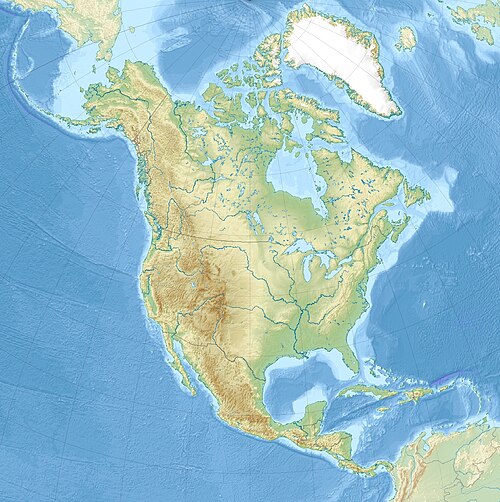| Bairdemys Temporal range: Late Oligocene-Late Miocene ~ | |
|---|---|
| Scientific classification | |
| Kingdom: | Animalia |
| Phylum: | Chordata |
| Class: | Reptilia |
| Order: | Testudines |
| Suborder: | Pleurodira |
| Family: | Podocnemididae |
| Subtribe: | † Stereogenyina |
| Infratribe: | † Bairdemydita Gaffney et al. 2011 |
| Genus: | † Bairdemys Gaffney & Wood 2002 [1] |
| Type species | |
| †Bairdemys hartsteini Gaffney & Wood 2002 | |
| Species | |
Bairdemys is an extinct genus of side-necked turtles in the family Podocnemididae. The genus existed from the Late Oligocene to Late Miocene and its fossils have been found in South Carolina, Puerto Rico, Panama and Venezuela. The genus was described in 2002 by Gaffney & Wood and the type species is B. hartsteini.
